Growing Zinnias in Pot are a flower grower’s paradise because of their extended bloom period, abundance of colour, and adaptability to growing in raised beds on patios.
If you have flowers in your containers, zinnias are an excellent choice for filling them.
These days, cultivars developed especially for container gardening exist. A small-scale gardening expert, as she goes over some advice on how to cultivate gorgeous zinnias in pots.
1. Start from Seed
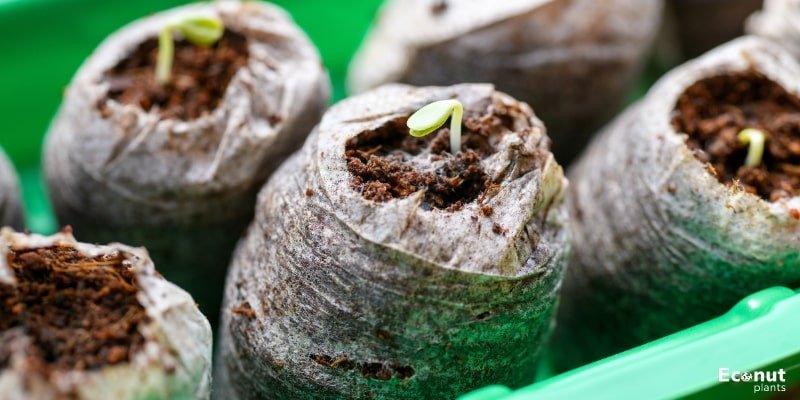
Zinnias are easy to start from seed because their seeds are very big, and most kinds have a high germination rate. You can show them straight into the container of your choice, or you can start them inside in cells and then transplant them into a pot a few weeks later. You are free to select!
If the soil temperature is between 74° and 80°, seeds will germinate in 5–7 days; if heat mats are utilized, they will germinate even faster. Give the seeds a thorough watering, but avoid getting the soil completely saturated. To lessen the chance of transplant shock, wait until temperatures are regularly over 60° before relocating zinnias into outdoor soil.
2. Select Appropriate Varieties
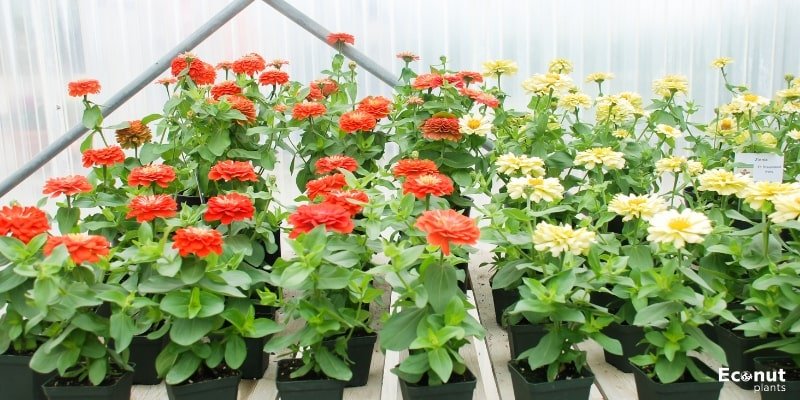
This will enable you to see all the colours Benary’s offers and select your favourites for the upcoming season if you are new to zinnias and wish to grow them in pots. These stems can grow to be rather tall, so make sure you have a container that is the right size, provides some support, and allows you to arrange them appropriately.
The “Cactus Zinnia Flower” gives your front stoop or back patio a quirky appearance and visual intrigue. Additionally, a new mum-like zinnia dubbed “Double ZaharaTM Brilliant Mix” is ideal for resistance to powdery mildew. Purchase seeds only from a reliable supplier, regardless of the type you choose.
3. Use proper potting soil

Use a well-draining substance with a balanced nutrient content. To help retain moisture, feel free to add anything absorbent, like peat moss or vermiculite. Zinnias are moderate feeders that need a lengthy period in the ground, so adding well-aged manure or compost to potted plants helps.
4. Choose an Appropriate Container
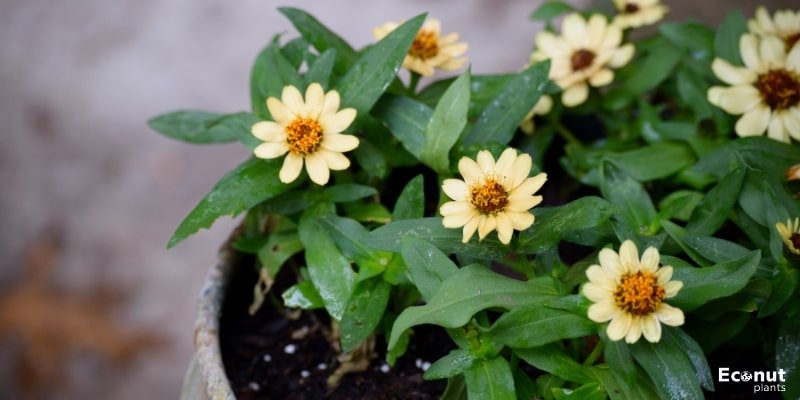
There are so many more alternatives available to gardeners today than just window boxes and ceramic pots. The proper container is essential for growing zinnias in pots. Here are some of my top selections:
- Grow bags have become more and more well-liked in recent years because of their robustness, portability, and integrated drainage system. Since the water simply runs off, overwatering is nearly impossible. The handles on the majority of bags on the market make it simple to move your potted plants inside when it’s raining outside.
- Permanent raised beds are the new best friend of a gardener. They’re great for annual flowers, but I use them at our farm to stop herbs like oregano and mint from spreading. Raised bed gardening has several benefits, including better drainage, healthier soil, a cleaner aesthetic, and less bending down to harvest.
- Hanging baskets give any garden more depth and height. For added drama, consider planting a shorter cultivar that will hang over the sides.
- Classic ceramic pots remain excellent for growing! These add a little sophistication to a patio or outdoor space. Additionally, there are BPA-free plastic pots with a bottom-watering tray that are ideal if you must give your plants a few days to survive on their own.
5. Choose a Good Location

Zinnias grow well in broad light and away from strong winds. But even a little shade will do just fine. As was already noted, zinnias look fantastic as a border wall planting or bordering the periphery of a small flower area.
You can showcase zinnias in flower beds, on the back patio, or even on the front porch if you grow them in pots. For fun, move them about from time to time!
6. Pinch Back When Plants Are Young and Deadhead Often
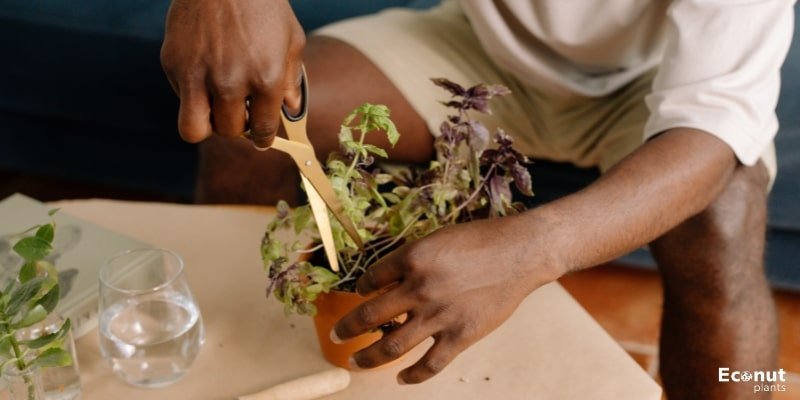
Pruning young plants that are awaiting transplantation may seem like a strange move. For a lengthy season of plentiful, nonstop flowers, consider pinching back your zinnias to let them establish themselves and put out side branches.
Use a pair of sharp scissors to trim your blooms down to a point above a node close to the root if they have been browning from too many days of rain or strong winds.
To guarantee continued development, leave at least two sets of leaves in place. You should notice the appearance of additional blooms in a week or two. Your zinnias are suddenly revitalized!
7. Water Regularly

Zinnias are relatively low-maintenance plants, requiring only an inch of water every week. Zinnias do, however, like the heat and full sun, so watch their water levels and make sure they don’t dry out, especially if you grow them in a hot, sunny spot.
Water plants at the base; better yet, do so early in the day as opposed to late at night. This will give plants time to absorb the water and dry off during the day, which is beneficial because fungal infections can spread in moist environments. Every day, when it’s hot outside, drink two glasses of water. If there is dry dirt two inches below the surface, they need water.
8. Pest Control
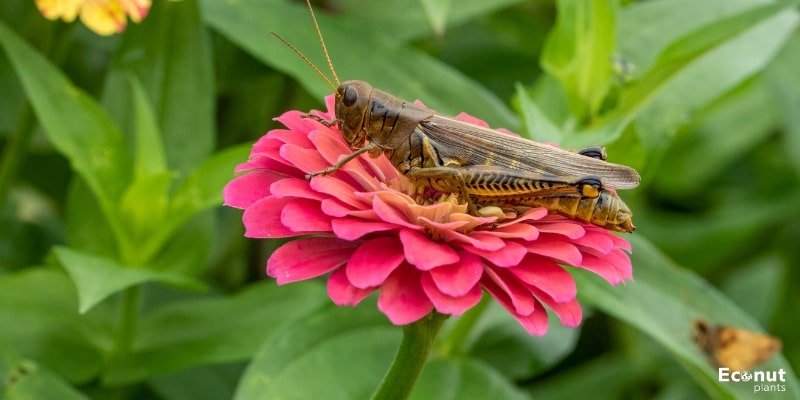
Zinnias are among the easiest annual flowers to grow, but they are not without their issues. Japanese beetles love to eat zinnia leaves and petals. In actuality, it’s one of their favourite activities.
If you’ve ever used Japanese beetle traps, you might want to hang one near your zinnias, but not just next to them. As they get closer to their feast, the lure of the trap will become more compelling, possibly diverting their attention.
Aphids and spider mites can also be a problem, but they are typically manageable with an insecticidal soap spray applied to your plants.
9. Fertilize
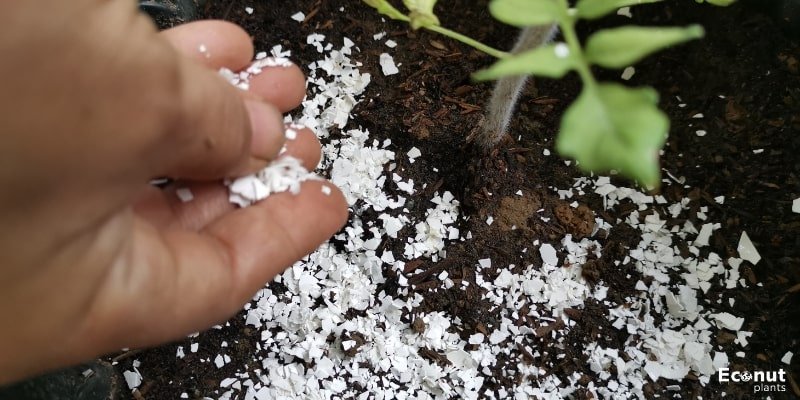
When transferring zinnias, put a spoonful of bone meal on top of several inches of dirt. In addition to focusing attention below ground, this will promote a strong root system.
Zinnias can maintain a healthy and persistent bloom with a monthly fertilizer feed that is higher in phosphorus than nitrogen. Pests and diseases are more difficult for healthy plants to resist. Before you plant, you should test the soil to determine the exact amount needed for your garden.
10. Be On Alert for Diseases
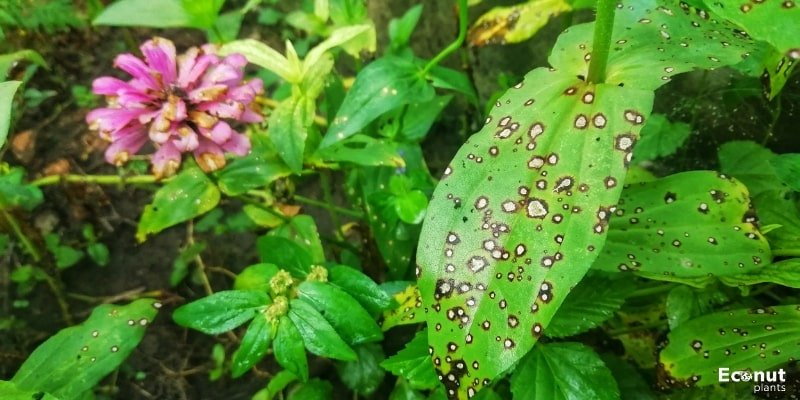
You’ll be able to take the right action if you know when an illness is likely to emerge and what symptoms to watch out for. Be wary of the following influential people:
- Powdery mildew will grow best in hot, dry climates; it will be distinguished by greyish-white dots on the buds and leaves. To ensure sufficient airflow, place your zinnias at least one foot apart as a preventive measure. To stop powdery mildew from spreading in the future, thoroughly apply a copper fungicide wherever you find it. Remove any sick material, such as flower heads and lower leaves, and dispose of it in a fire pile.
- Southern blight occurs when there are heavy downpours and the leaves are still damp. The fungus that causes Alternaria zinniae either overwinters in garbage or sprouts from contaminated seeds. Small, reddish circles with luminous centres are among the symptoms. Leaves could turn dry and brown. Good airflow, appropriately spaced plants, avoiding prolonged rainy spells, weed- and debris-free gardens, and cleaning all equipment and supplies used for seed starting are all examples of prevention.
- Bacterial leaf spot Small, round purple patches on leaves are one sign that appears after a prolonged period of rain. Spots may appear more angular and develop a golden halo if they mesh together. After periods of rain, growers can treat zinnias with copper fungicide to stop the fungus from spreading and causing harm. Apply copper spray in the evenings only.
11. Keep Stress at a Minimum
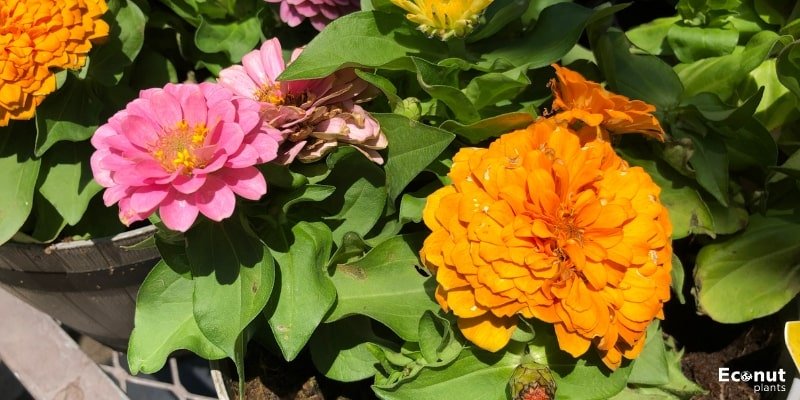
Zinnias are highly susceptible to environmental stresses such as drought and flooding, as well as low temperatures. Before transferring them into their containers, if you start them in cell trays, make sure they don’t get root-bound.
Zinnias have no tolerance and will die even after a light frost. Growth and flowers will slow down as the autumn months get progressively cooler. Though it’s always hard to see them go for the season, if you take good care of them early on, they’ll give you plenty of brilliant moments during the summer.
Conclusion
Growing zinnias is a true pleasure, as they come in a variety of sizes, colours, and shapes to suit all tastes. Zinnias can grow extraordinarily well in containers if they receive the necessary trimming and preventative disease treatment.
Zinnias will thrive in a window box, an elevated metal bed, or a large patio filled with grows bags. If you haven’t grown them before, I implore you to put them in your seed order for the coming season. If you let them self-seed, you might even receive a fresh harvest the following year!

